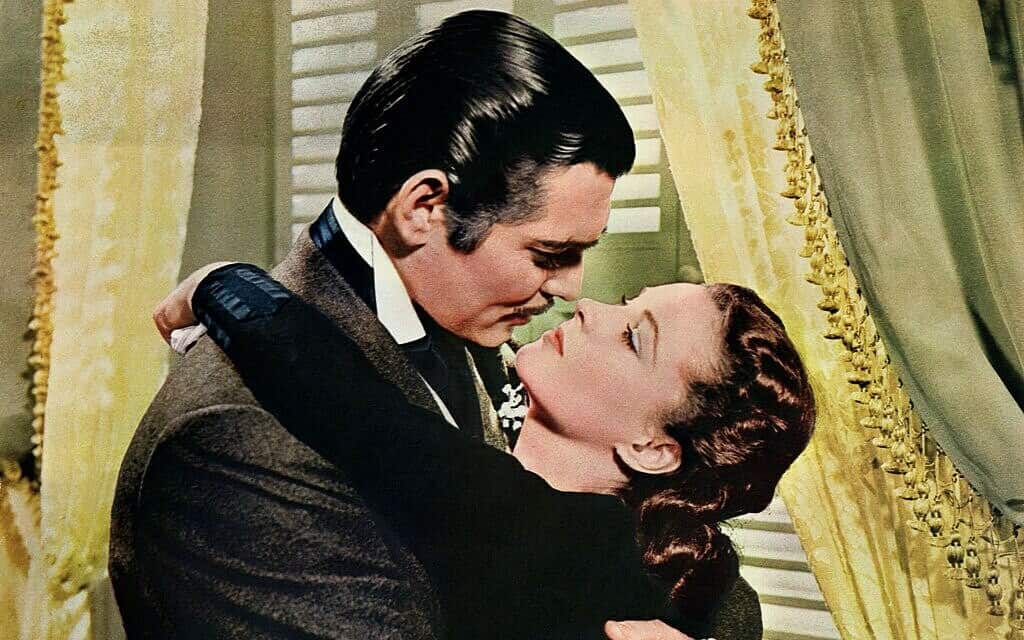In the days of classical Hollywood, studios used to pretty much own their actors and actresses. Performers were signed up to long-term contracts, and could not work for other studios – unless their studio loaned them out. Such loans were often used as punishment for performers who angered studio higher-ups. It was a system with plenty of potential for abuse. Below are thirty things about that and other fascinating but lesser-known Hollywood facts.

30. Hollywood Studios Used to Own Their Performers
Movie purists often pine for the Golden Age of Hollywood, when American cinema established the world’s most powerful and pervasive filmmaking style. It was the most glamorous and fabulous stretch in the history of Tinseltown. However, that classical Hollywood era, circa the 1910s through the 1960s, had its seedy and less salubrious side. There was the pervasive sexism of an era in which the “casting couch” was routine and the likes of Harvey Weinstein were common, plus an extreme lack of diversity. There was also the fact that studios back then pretty much owned their actors and actresses.
The major studios had a method to create, promote, and exploit stars. Talent scouts were hired to spot new performers with potential. Emphasis was placed on image rather than acting talent, which the studios figured could be taught. Once signed to an exclusive contract, the studios would give the performers new names and even new backgrounds. Performers would then be given voice, acting, and dance lessons. In a type of apprenticeship, new performers were first tried out in supporting roles. Those regarded as star material progressed to lead roles in minor productions, and if they did well, eventually graduated to star in major productions. It was an effective system, but as seen below, one rife with abuses.

